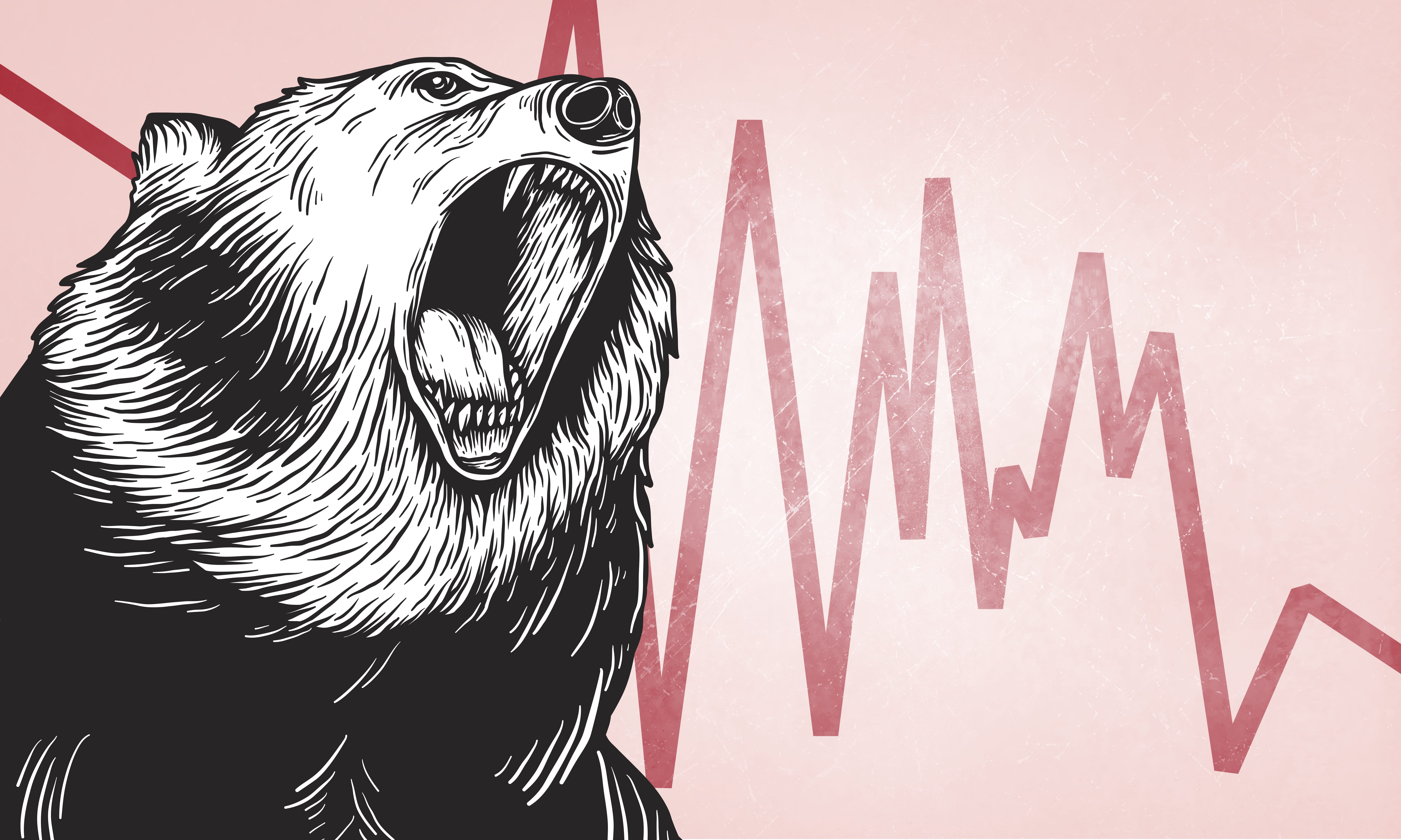Inflation has peaked. This is the conventional wisdom being touted across all the major banks as markets start the year in bullish fashion, however, the biggest risk to returns is a second bout of inflation towards the end of the year.
This is not the base case for markets which are in a buoyant mood after US inflation dropped for the sixth month in a row last December to 6.5%, its lowest reading since October 2021.
The VanEck Crypto and Blockchain Innovators UCITS ETF (DAPP), for example, is up a whopping 67.7% so far this year, as at 24 January, the most across all European-listed ETFs, a sign the lower inflation readings across developed markets are boosting risk assets.
The lower inflation readings have meant markets are no longer listening to the Federal Reserve with predictions the US central banks will halt rate hikes in March before cutting at the end of the year.
Fed Chair Jerome Powell and other Fed officials have been adamant the central bank has more work to do if it is going to see inflation return to its 2% target.
At December's Federal Open Market Committee (FOMC) meeting, Powell said: “We still have some ways to go. We will stay the course until the job is done.”
Despite the hawkish outlook, there are some corners of the market which are predicting a second inflation spike in the second half of the year.
The most vocal of these is famed hedge fund manager Michael Burry who warned the central bank will adopt a more dovish tone when the US enters a recession.
“Inflation peaked. But it is not the last peak of this cycle,” Burry said. “We are likely to see CPI lower, possibly negative in H2 2023, and the US in recession by any definition. Fed will cut and government will stimulate and we will have another inflation spike. It is not hard.”
The Scion Asset Management CEO has even nicknamed himself “Cassandra” due to the lack of people that listen to his doomsday predictions.
However, he is not alone. Luca Bindelli, head of global fixed income, FX and commodity strategy at Credit Suisse, said the risk of inflation remaining higher than market expectations would impact fixed income, an asset class that is experiencing a renaissance at the start of this year.
After suffering one of the worst years in recent memory in 2022, parts of the fixed income market are once again offering attractive yields to investors.
Demand has soared with the iShares Core € Corp Bond UCITS ETF (IEAC), for example, capturing $1.6bn net new assets since the start of the year, the most across all European-listed ETFs, as at 24 January, according to data from ETFLogic.
“Should inflation prove to be stickier and even higher than anticipated, for example, due to surprisingly strong labour market and wage inflation data, we think central banks would have no choice but to further ratchet up their hawkish rhetoric,” Bindelli warned. “This would weigh on fixed income performance and temporarily hit longer duration indices.”
In this environment, inflation-linked bonds should outperform, an area of the market that has seen weakening demand as inflationary pressures tail off.
While this is not the base case scenario, any inflationary spike would be devasting for risk assets and fixed income, in particular, something investors should be cognisant of as this year develops.
This article first appeared in ETF Insider, ETF Stream's monthly ETF magazine for professional investors in Europe. To access the full issue, click here.
Related articles



